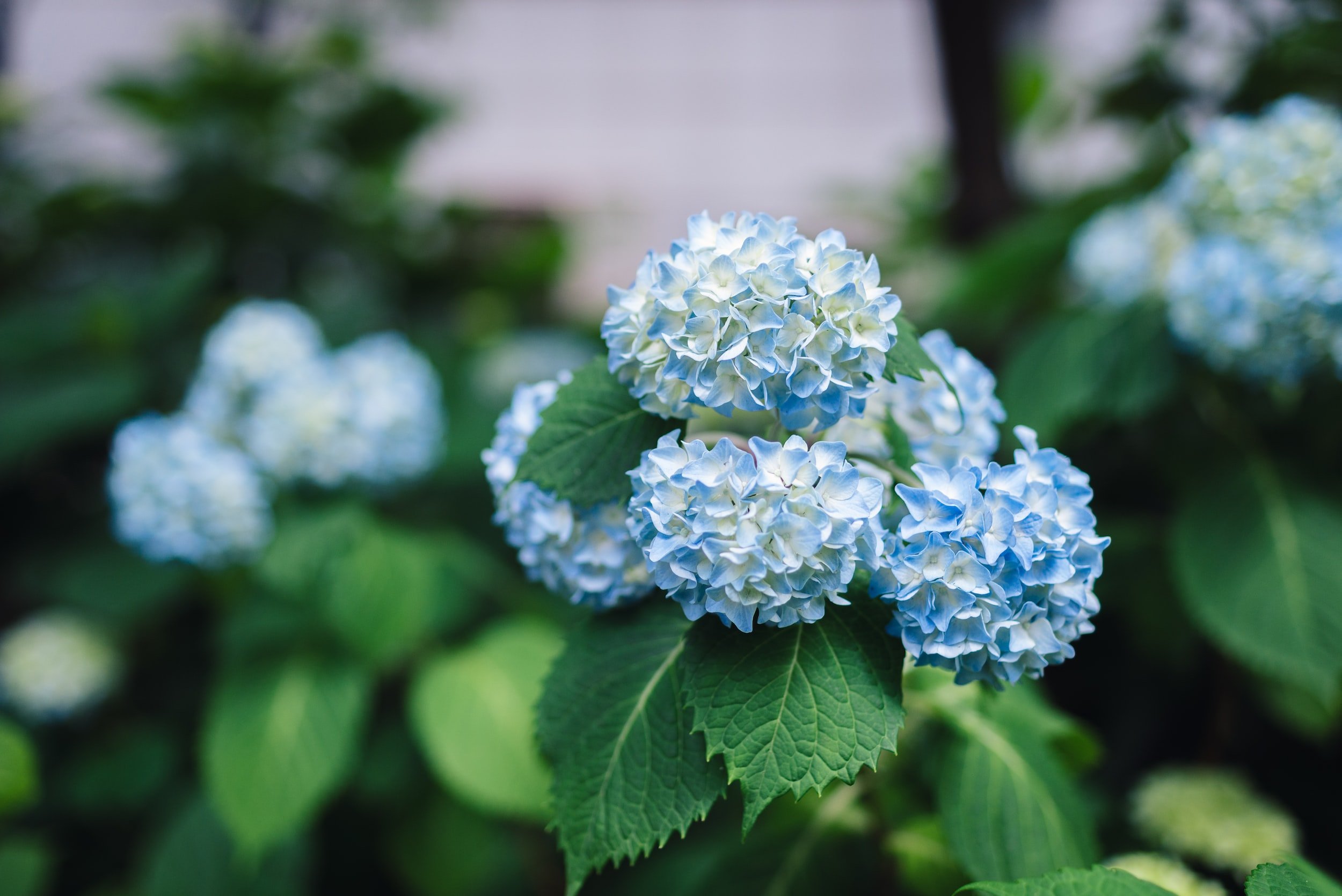Things about Hydrangea Leaves Turning Yellow
Things about Hydrangea Leaves Turning Yellow
Blog Article
The Ultimate Guide To Hydrangea Leaves Turning Yellow
Table of ContentsHydrangea Leaves Turning Yellow - The Facts7 Simple Techniques For Hydrangea Leaves Turning YellowHow Hydrangea Leaves Turning Yellow can Save You Time, Stress, and Money.The Buzz on Hydrangea Leaves Turning Yellow
Hydrangea plants are known for their beautiful blossoms, but occasionally their leaves can transform yellow. This is typically a sign that something is incorrect and the plant needs your assistance.Nonetheless, Hydrangea leaves turning yellow can be a reason for issue. There are several reasons that Hydrangea leaves turn yellow, and a lot of them are easy to take care of. Let's check out one of the most common factors why Hydrangea leaves turn yellow and how to fix them. Hydrangea leaves commonly turn yellow when the plant is overwatered.
When the origins of a plant are submerged in water for lengthy durations, they start to stifle and rot. This procedure cuts off the origins' oxygen supply, triggering the fallen leaves to transform yellow and eventually die. Overwatering can likewise bring about other issues such as fallen leave decline, root damage, and fungal growth.
If you assume your Hydrangea is overwatered, the most effective option is to allow the soil completely dry out completely before sprinkling again. It's likewise an excellent idea to inspect the water drainage of your pot or garden bed and ensure that water is not merging around the plant's origins. Hydrangea plants need well-drained soil to grow.
Hydrangea Leaves Turning Yellow Can Be Fun For Everyone
You should also guarantee that you are not watering your Hydrangea frequently. Watering once a week should suffice, and more frequently if the climate is warm and completely dry. Hydrangea leaves can likewise turn yellow if the plant is not getting enough water. This occurs when the plant does not receive enough water, and the soil starts to dry.

This is known as "fertilizer burn," It occurs when the plant's roots are exposed to also much fertilizer. Other discover here indicators of fertilizer burn consist of brown or yellow fallen leaves, wilting, and stunted development.
This will aid remove any kind of excess fertilizer from the origins of the plant. It's also a great concept to minimize the quantity of fertilizer you are utilizing.
What Does Hydrangea Leaves Turning Yellow Do?

If your Hydrangea is ravaged with pests, treating the plant with neem or horticultural oil is the very best option. It's additionally excellent to get rid of any kind of affected leaves from the plant. You can do this by hand or with a view website pair of pruning shears. It's likewise an excellent concept to examine the plant routinely for insects and remove them as soon as you see them.
To avoid spreading out the condition, make certain to decontaminate your scissors prior to cutting any type of leaves off. Hydrangea leaves can also transform yellow if the temperature level emphasizes the plant. This generally takes place when the plant is exposed to extreme cool or warmth. The leaves of the plant will turn yellow and start to hand over.
If the temperature level worries your Hydrangea, you need to relocate the plant to a place where it will be protected from the severe cold or warmth. You can additionally try to offer the plant with some partial color if subjected to direct sunshine. You can likewise attempt including mulch around the plant base to aid control the temperature.
A Biased View of Hydrangea Leaves Turning Yellow
When the plant's origins are immersed in water for too long, they begin to rot. One of the most typical origin rot symptoms is yellowing leaves, as the fungus protects against the origins from absorbing nutrients from the soil.
Other indications of origin rot include stunted growth, wilting, and fallen leave decline. Check the roots of your Hydrangea if it has root rot. If they are black or brownish, after that they are probably rotten. If some healthy roots are left, you can try to save the plant by replanting it in a new pot with fresh dirt.
Water the plant meticulously, seeing to it not to overwater it. If your Hydrangea is greatly affected by root rot, beginning with a brand-new plant is best. All-natural reasons can likewise trigger yellow hydrangea leaves. One of the most typical cause is the plant's age. As Hydrangeas age, their leaves will slowly turn yellow and brown prior to dropping off the plant.
You can assist the plant by ensuring it is getting sufficient water and nutrients. One possibility is that the plant is not getting adequate water.
Report this page